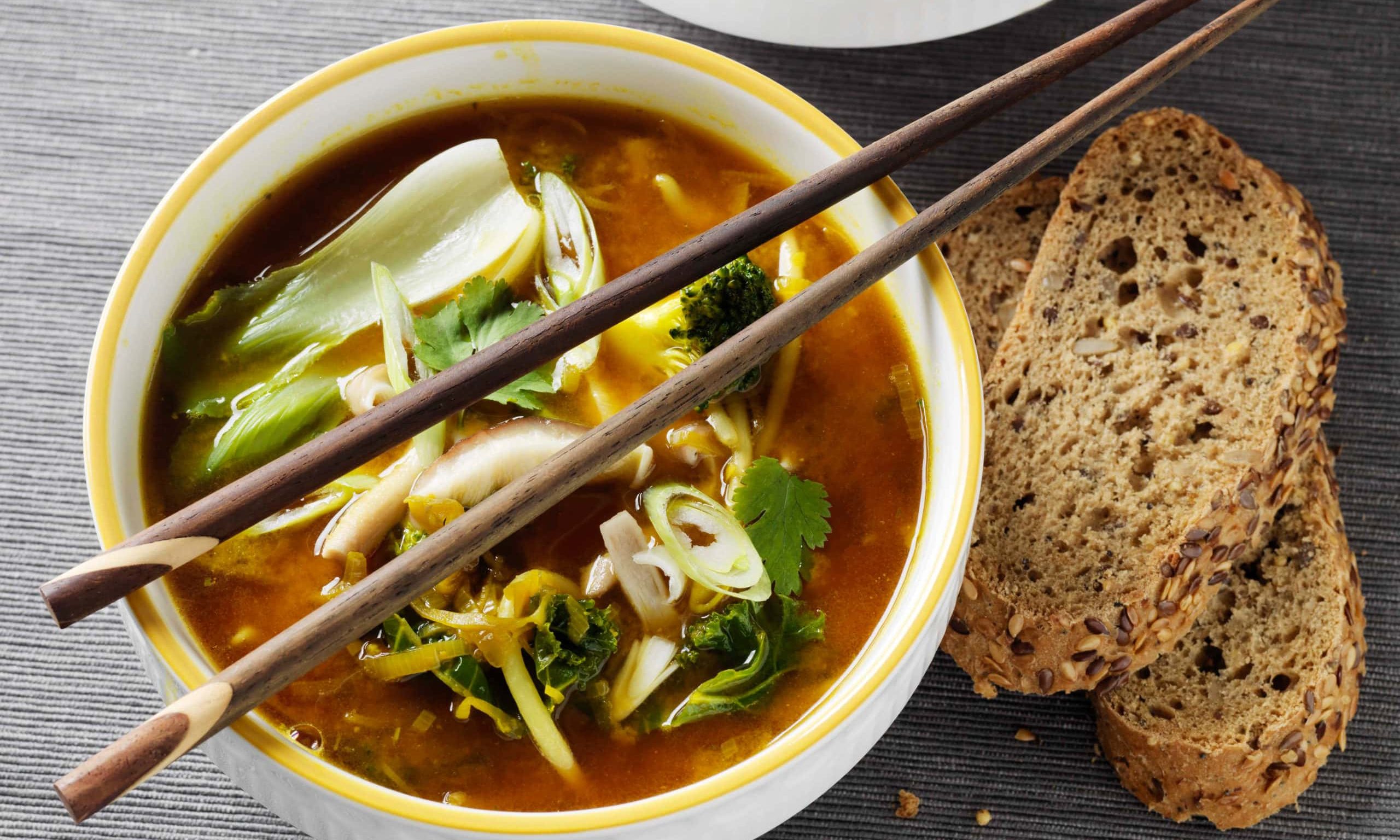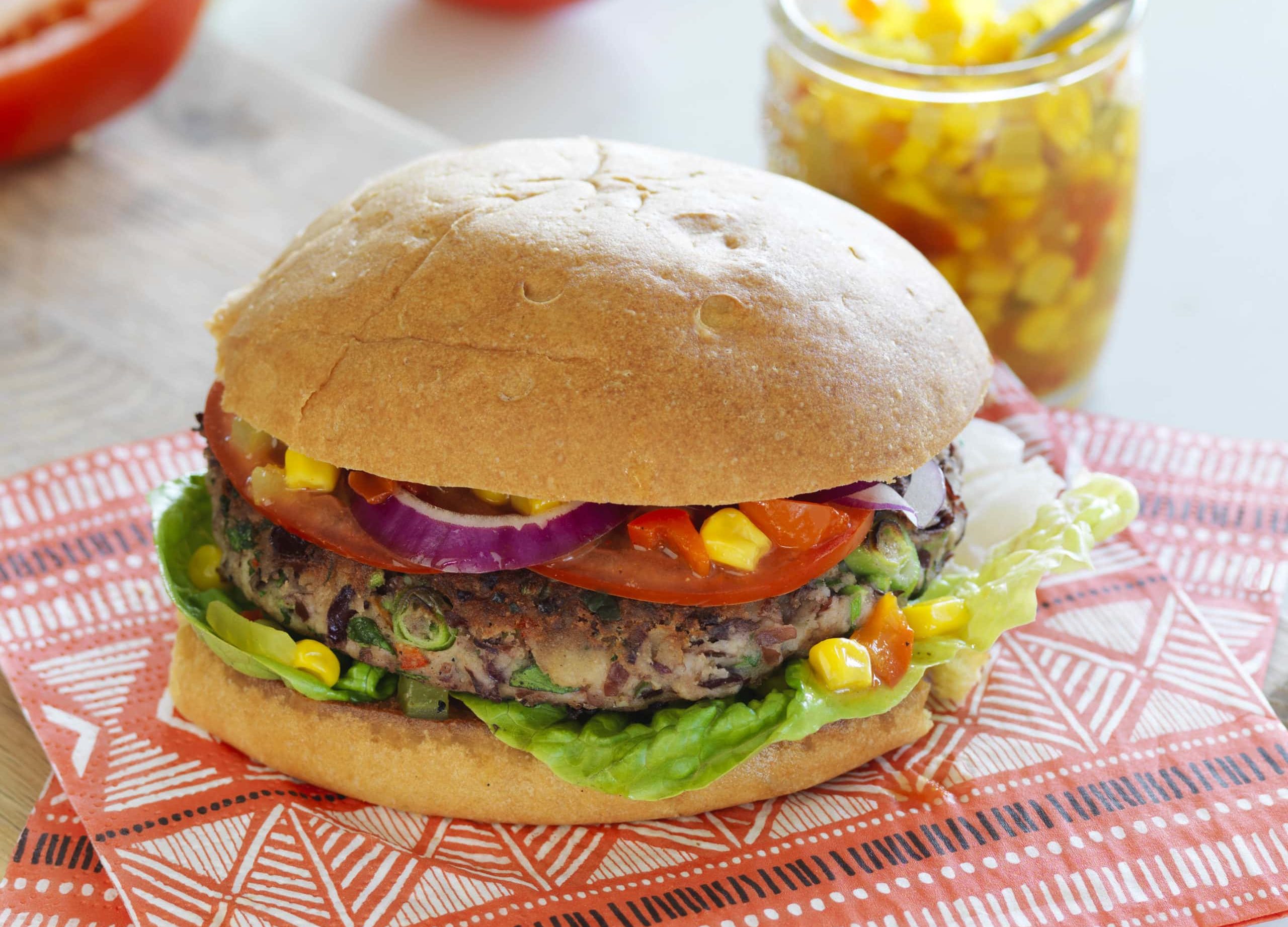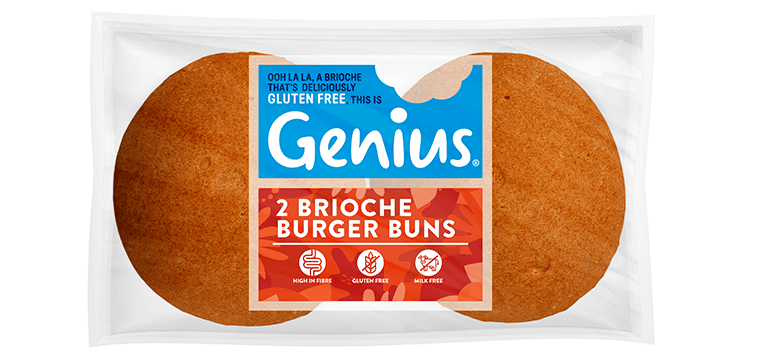They sounds a bit strange but they are not as weird as they sound! Scientists & Nutritionists often refer to them as the key to good gut health and the great news is that you can find them in lots of really tasty food and drinks. Probiotics are the good bacteria in your gut that are fuelled by prebiotics. They work hand in hand. Having a glorious gut offers more than a decent digestive system, so if you’re not yet clued up on the all the benefits it can offer, take a peek at our easy to digest list here (pun very much intended). Otherwise, feast your eyes on these scrumptious foods on hand for your prebiotic and probiotic mission.
Probiotic foods
By eating probiotic foods with active cultures, you can start to transform your gut into having an abundance of good bacteria. It’s not yet known exactly which probiotics are best or how much you have to eat but feeding your inner genius additional probiotics could be the answer to a tip top gut. There are a couple watch outs you need to be aware of. Not all probiotic foods are equal so do your research to check it contains a high enough dose to have an effect. The live bacteria must also be able to stay alive and survive the journey to reach your gut. Fermented food is the poster child for probiotics as the process of fermentation creates their perfect haven to not only survive but thrive. There is no denying they can sometimes have a peculiar smell and strong taste… Eating a large quantity of fermented probiotic food is certainly not everybody’s cup of tea! But with loads of different types of fermented and flavoured foods as well as drinks, there will definitely be something to your liking.
Genius Gut Lovin’ range with active cultures
The NEW Gut Lovin’ loaves, bloomers, buns and rolls aren’t just baked to taste great, they’re high in fibre & are baked with active cultures – and they’re ALWAYS gluten free, that’s Genius. We wanted to make showing your gut some love easy and that’s why all of our gut lovin’ recipes contain billions of active cultures, and over life the numbers can naturally reduce, but don’t worry, we do regular tests to make sure there are plenty of active cultures in every Gut Lovin’ serve.
Live Yoghurt
Probably the most popular probiotic food no matter how you pronounce it. As with all yogurt it starts out as milk (or a dairy free alternative) but the live bacteria aren’t killed in the process of transforming it to yogurt – thank goodness for that! The probiotics can give your gut a hand with digesting lactose among other benefits. There are lots of yoghurts with probiotics available in supermarkets. It is a super simple swap that gives your gut some extra love.
Miso
The Japanese invented miso seasoning by fermenting soybeans with salt and a really ‘fun-guy’ called koji. You’ve probably heard of miso soup before as that’s the most common use of this seasoning and a tasty way to get more probiotics. Check out our gut friendly miso broth recipe here. You can also try adding miso to a salad dressing or make pesto sauce with an added probiotic punch.

Kombucha
Despite this fermented tea drink being centuries old, it’s suddenly become quite trendy and even popping up on cocktail menus. Sweet tea turns into this concoction through fermentation so it also has the same health benefits as tea but with extra probiotics.
Sauerkraut
To be eaten only with sausages. Well technically you can eat this probiotic food alongside anything your gut desires but if you want a classic German experience, give sauerkraut a try with sausages. You can even make your own sauerkraut by fermenting super finely shredded cabbage. Sauerkraut’s Asian cousin kimchi is also made by fermenting cabbage and spices. Loaded with vitamins and antioxidants as well as probiotic makes both true gut health heroes.
Kefir
Have you ever fancied a fermented yogurt like beverage? Kefir can be made from milk or non-dairy alternatives and tastes pretty similar to yogurt with probiotics. A good option for those who prefer to down these good bacteria than devour probiotics from food.
Prebiotic foods
All the probiotics in your gut need some energetic prebiotics to really get them grooving. Prebiotics are found in plants so you’ll definitely find these in the supermarket. Scientists are still trying to figure out exactly which prebiotics feed which probiotics but in the meantime we know that eating a wide variety of plants is a good thing so we’ve got nothing to lose. Here’s some plant foods bursting with prebiotic:
Fruit
Bananas, boy they are rich in fibre and some of which is prebiotic! One of the main gut related benefits of bananas is their ability to reduce bloating. Berries are another fruit with prebiotics no matter if they are fresh or frozen.
Veg
Asparagus is a spring veggie that has a unique combination of prebiotic fibre and antioxidants that can provide anti-inflammatory benefits. Dandelion greens are perfect for a salad and the prebiotic content has been linked to reducing constipation is a similar way to Jerusalem artichokes. You may not have the best breath after eating garlic but you can sit smug knowing the prebiotics are helping prevent bad bacteria growing in your gut.
Grains
Whole oats are a super duper healthy grain with prebiotic. They can slow digestion and help tell your brain when you are full. Whilst they are naturally gluten free, make sure they have not been contaminated by gluten if this could upset your gut (look for gluten free on the pack). Another gluten free grain with prebiotic is quinoa – a great addition to a super food salad bowl.
Genius Gut Lovin’ Greatness
Our loaves, buns and rolls aren’t just baked to taste the business, they’re also boosted with gut lovin’ prebiotics and active cultures. Check out the full range here.
 |
 |
Where to Start with Prebiotic and Probiotic Foods?
More is definitely more when it comes to probiotics and prebiotics in food to give you a proper gut health kick. You can start by trying to add in a few fermented probiotic foods into your diet so new strains of probiotic can mingle with the good bacteria already down there. Aim to increase the variety of plant foods you are eating to feed the probiotics with a more diverse range of prebiotic foods. The target you are looking to hit is 30 different plant foods a week. Try swapping your usual bread for a high fibre alternative and instead of eating the same plants all week, shake it up a little – mangetout on Monday, tangerine on Tuesday, wild rice on Wednesday… But be careful if you are eating lots of foods with prebiotic fibre. Going from zero to hero on fibre too quickly is not a bright idea! Gallons and gallons of water (okay maybe not actual gallons!) will reduce negative effects of too much fibre too fast!
